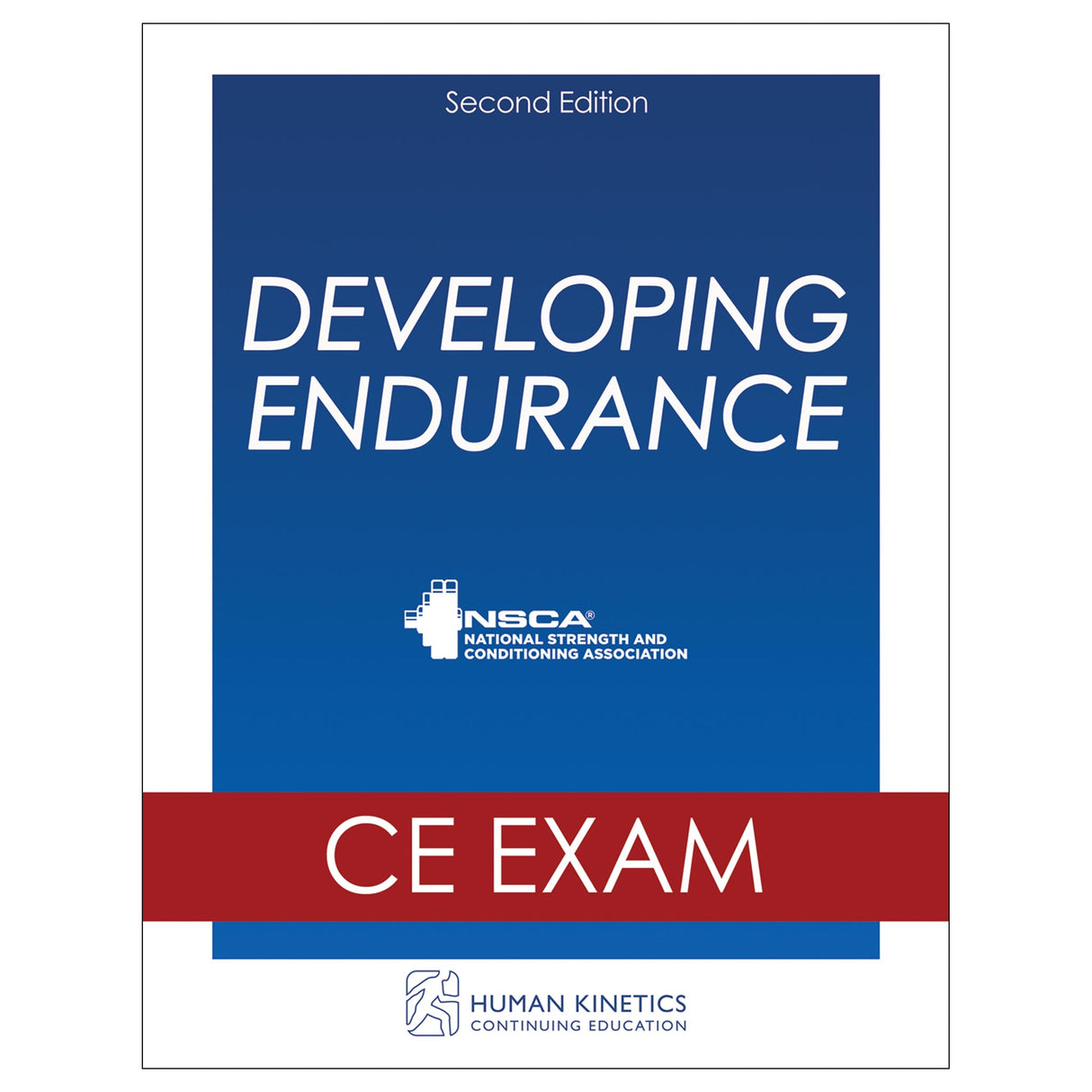Developing Endurance 2nd Edition Online CE Exam Without Book
Author: Human Kinetics
$60.00 USD
Human Kinetics strongly recommends that you complete your exam within the calendar year of your date of purchase to ensure approved credits do not expire for your organization.
Consisting of 75 multiple-choice and true-false questions, this continuing education exam is designed to be taken after reading Developing Endurance, Second Edition. The exam will test your knowledge of the information presented in the book so you can design personalized training programs to optimize endurance performance.
Once you pass the exam, you can print a certificate for continuing education credits.
Learning Objectives
- Describe the physiology of endurance activity and the factors that contribute to endurance.
- Identify the importance of endurance testing and its various modalities.
- Use a variety of testing and assessment tools to evaluate endurance and to measure the effectiveness of endurance training programs.
- Identify and apply the intensity domains and different workouts for capacity and utilization when training endurance athletes.
- Recognize and apply warm-up and cooldown techniques for endurance athletes.
- Demonstrate proper resistance training exercise technique for endurance athletes.
- Integrate a resistance training program into an endurance athlete’s training plan.
- Design safe and effective endurance training programs to meet specific goals for a variety of endurance sports and activities.
- Identify and apply recovery modalities for reducing the risk of overtraining.





